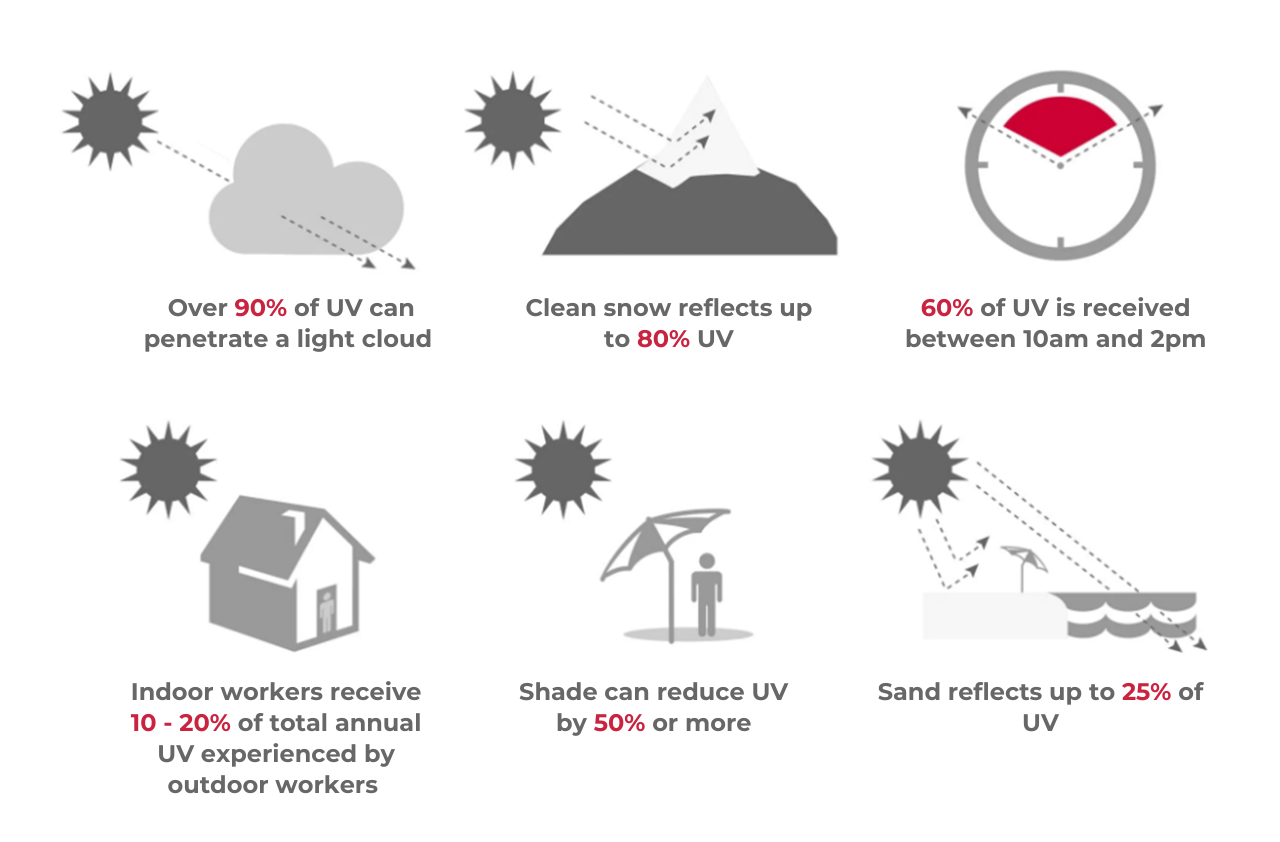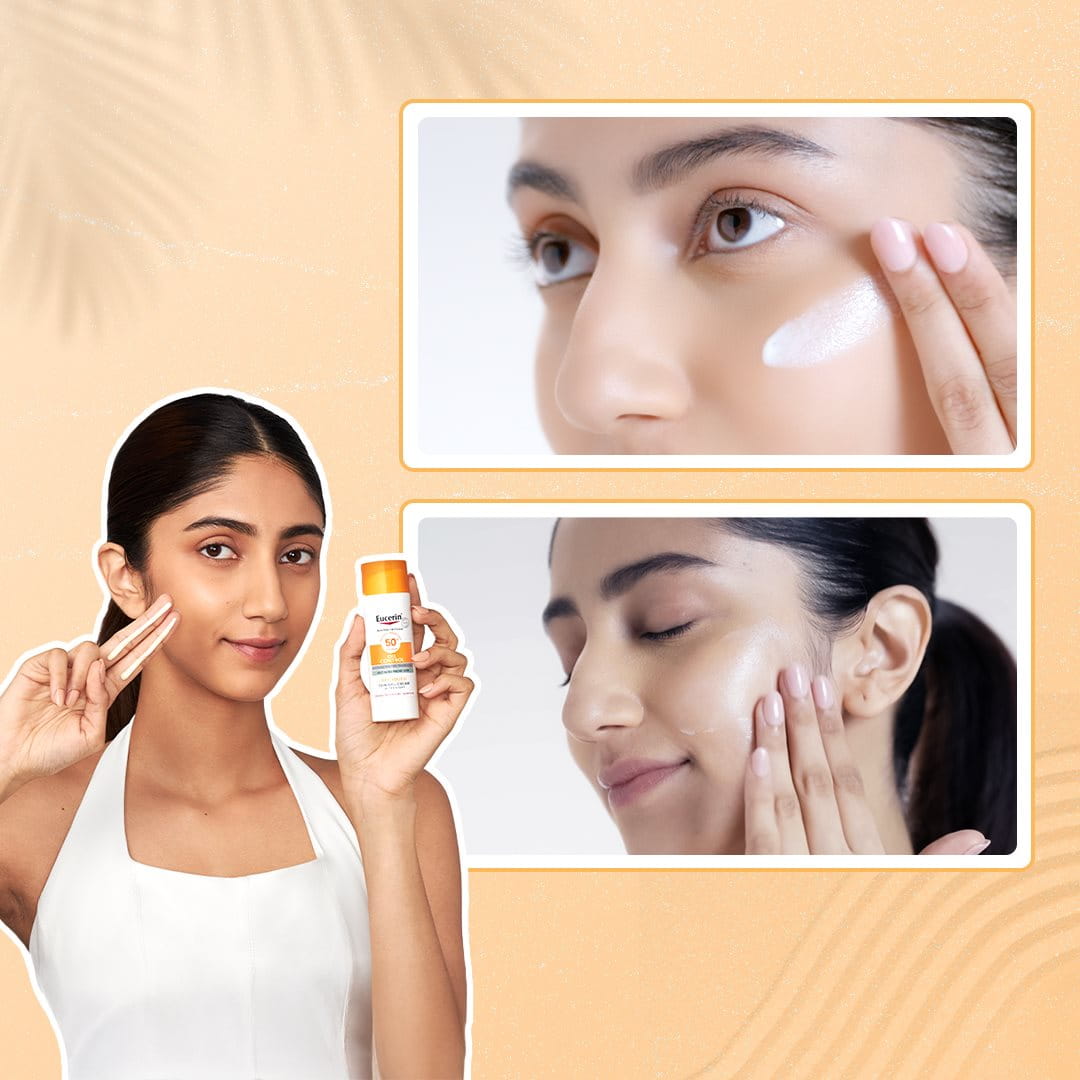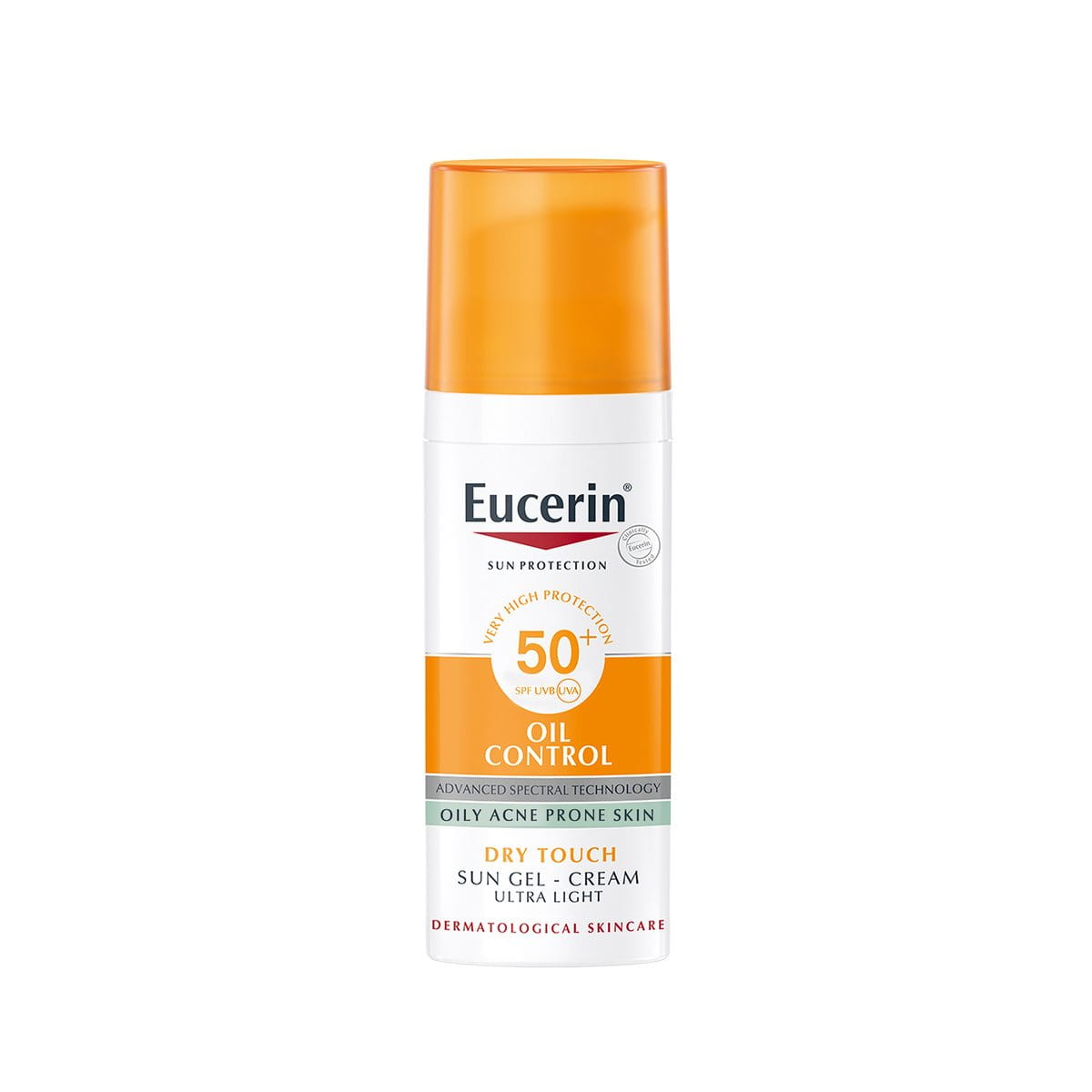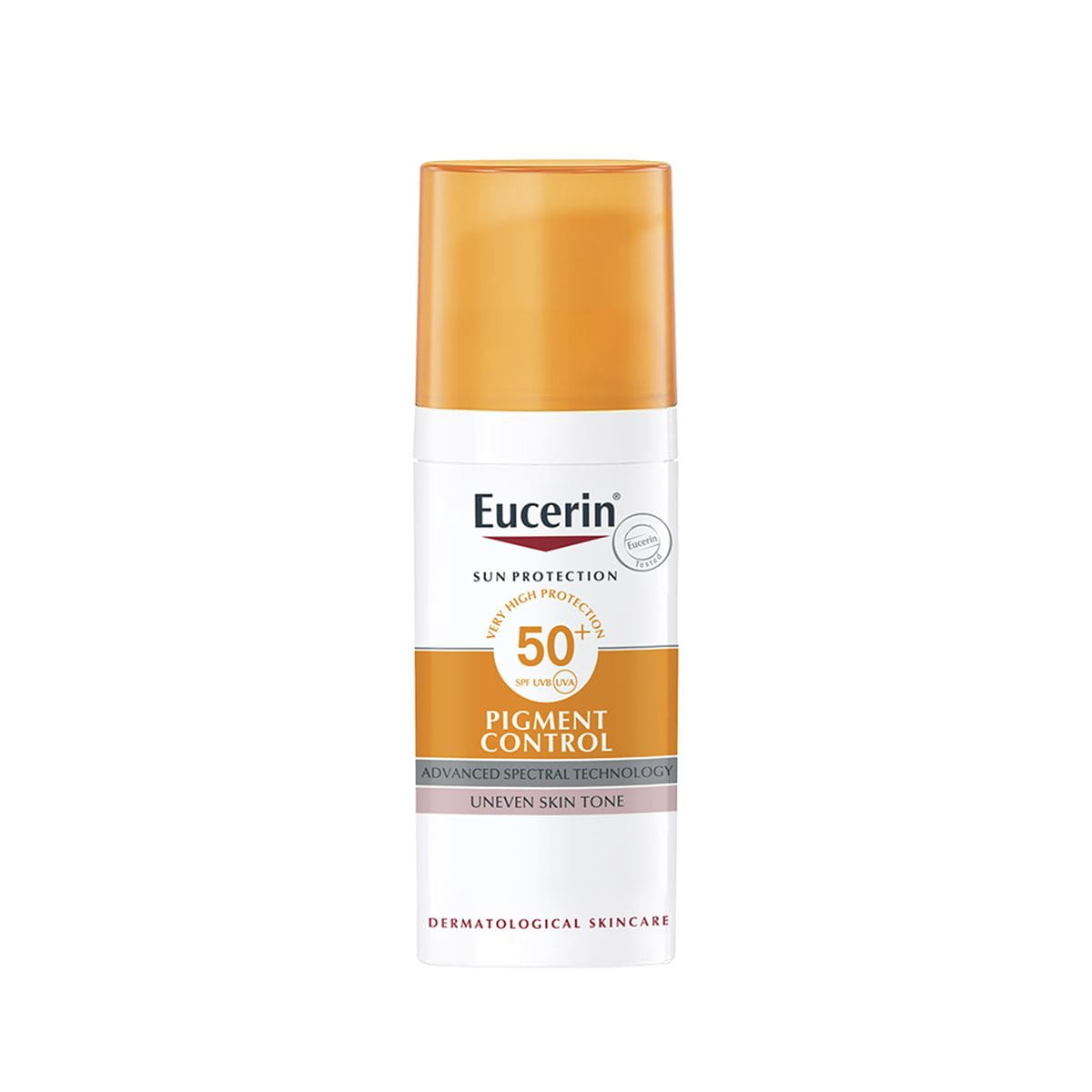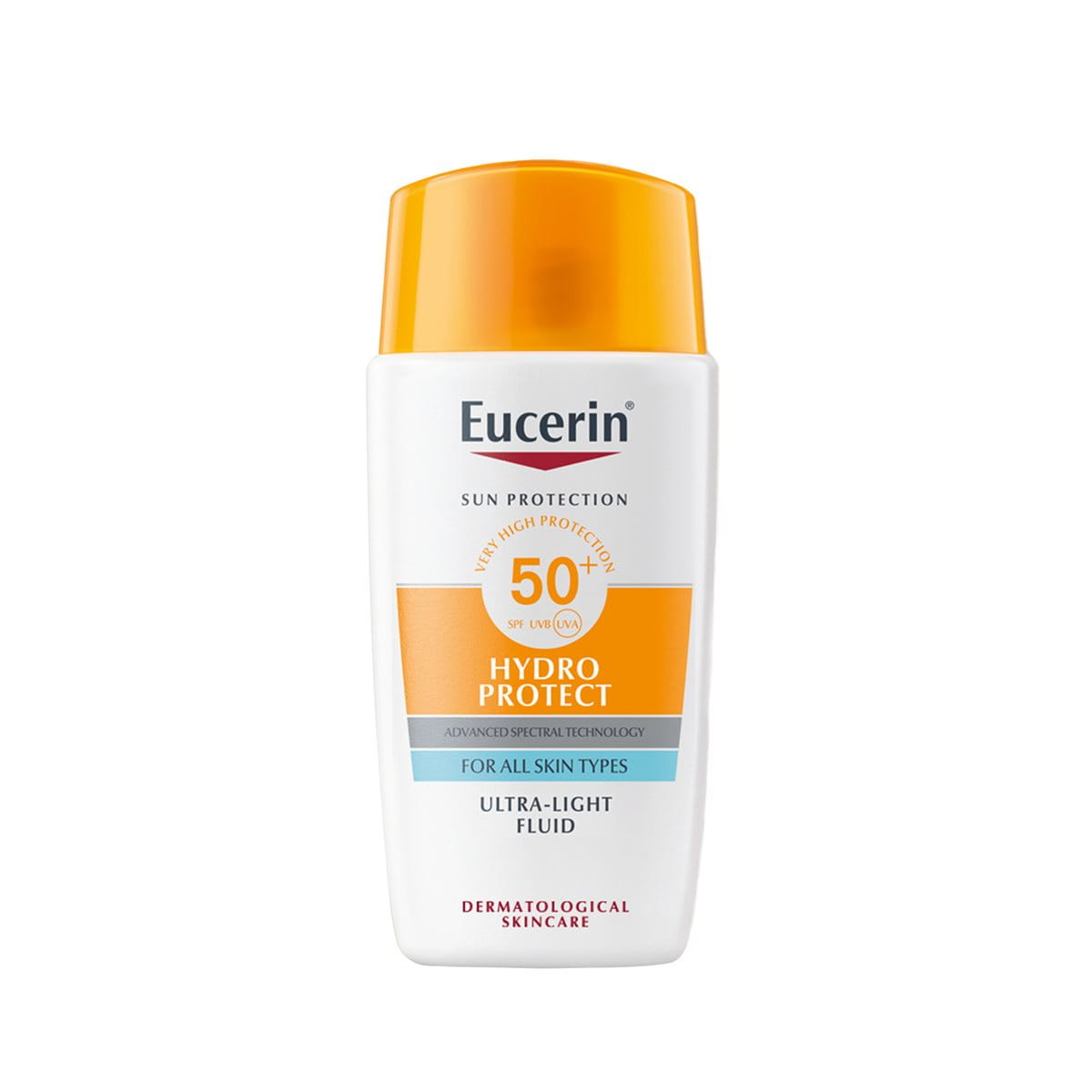While it's easy to get a measure of your cleansers, serums, and moisturisers, it’s always tricky to figure out how much sunblock to apply on your face. Undergoing it may leave your skin vulnerable to the sun, whereas overdoing it may cost you the product. So, it's time to put all your doubts to rest on how to apply sunscreen on your face and how much of it, at that.
Keynotes:
- Learning how much sunscreen to apply to the face is crucial for maintaining SPF strength and ensuring proper protection.
- Use about 2 fingers or ½ teaspoon for the face and some more for the neck, ensuring optimal SPF protection.
- Sunscreens should be the last step in your morning skincare routine and reapplied every 2-3 hours, especially when outdoors, sweating, or swimming.
- Common sunscreen mistakes include underapplying, skipping reapplication, and spots like the ears and jawline, and using sunscreens that don’t suit your skin type.

